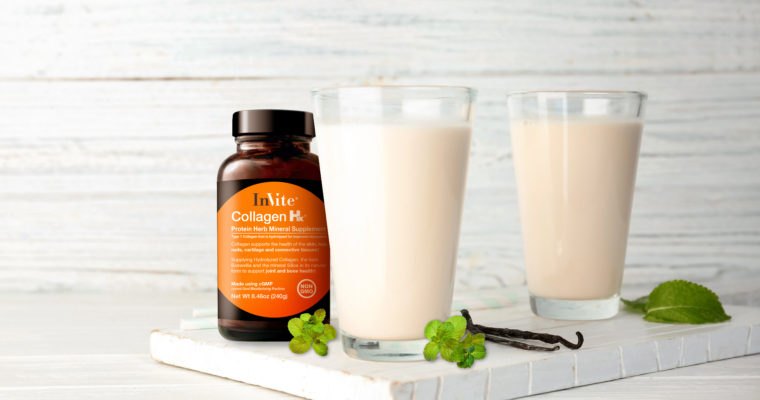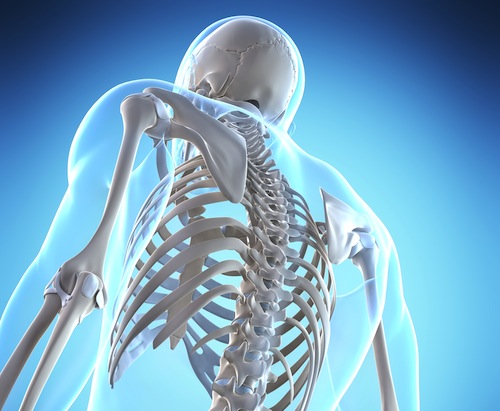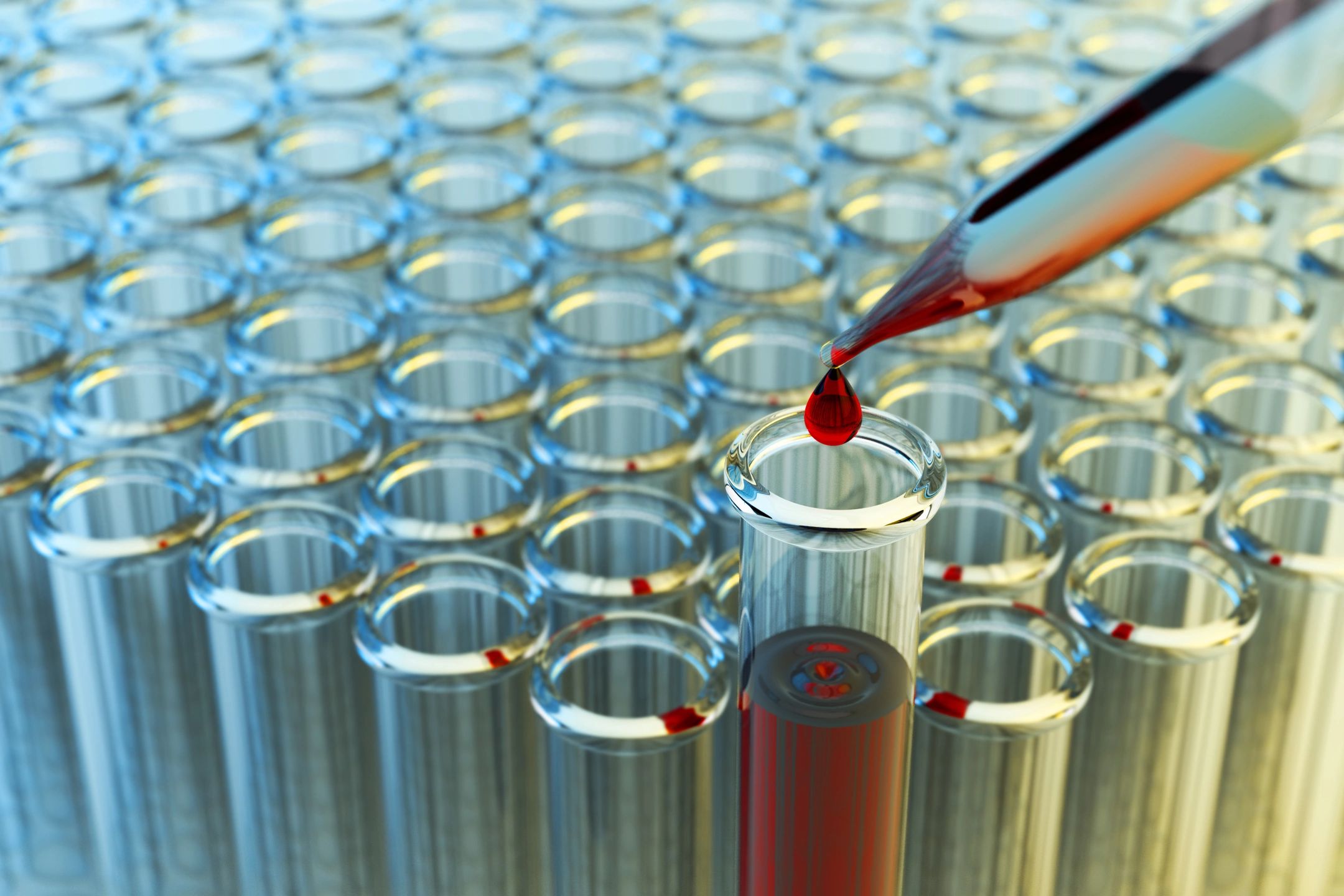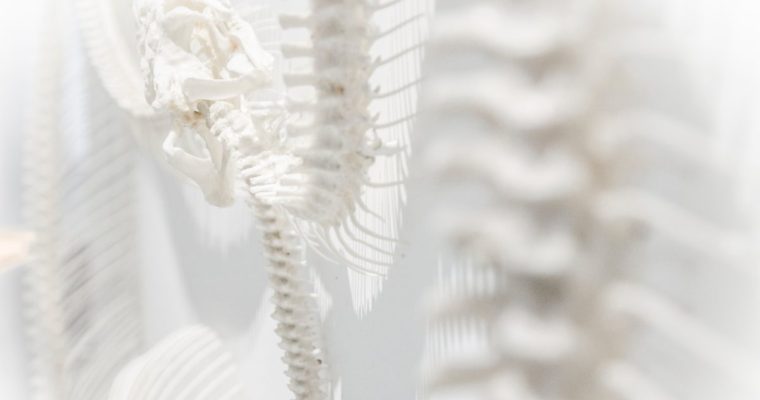It’s common knowledge that inactive individuals can have a higher risk of becoming obese and developing numerous conditions, including type 2 diabetes. But did you know that inactive individuals, especially teenagers, have weaker bones than those who are physically active?
Bones: Inactive Teens vs. Active Teens
According to the study performed at the Vancouver Coastal Health Research Institute by researchers from the University of British Columbia (UBC) and the Centre for Hip Health and Mobility, as much as 36% of the human skeleton is formed in girls between the ages of 10 and 14 and boys between 12 and 16 years old. Leigh Gabel, lead author and PhD candidate in orthopedics at UBC used high-resolution 3D x-ray images to compare the differences between youth who met the daily recommendation of 60 minutes of moderate-to-vigorous physical activity per day and those who got less than 30 minutes a day. Bone strength is classified by a combination of the bone size, density, and microarchitecture.
Pediatricians, psychologists, and nutritionists recognize the critical role of children’s vitamins and minerals in your child’s overall development.
Researchers and authors of the study report that both schools and communities need to take steps towards helping children to lead a more active lifestyle. While any and all exercise is great for kids, weight-baring activities like walking, running, basketball and hiking may be best for their bones.
Bone Health Information
Bone is living tissue that is consistently changing, with new bone replacing old bone constantly. During childhood and adolescence, much more bone is being deposited than withdrawn as the skeleton grows. The amount of bone tissue in the skeleton peaks in our late twenties. Though Osteoporosis commonly occurs in older individuals, according to the National Institute of Arthritis and Musculoskeletal and Skin Diseases, it can occur in both young and middle-aged adults. “Optimizing peak bone mass and developing lifelong healthy bone behaviors during youth are important ways to help prevent or minimize Osteoporosis risk as an adult.”
Natural Bone Health Alternatives
According to Nicole Crane, BS, NTP, of all bone nutrients, Calcium, Magnesium, Vitamin K2, Strontium, and Collagen are required in the largest amounts to keep your bones healthy and strong.
Approximately 99% of the calcium in our body is found in the bones, with the remaining 1% in blood to maintain essential life supporting functions like the beating of the heart, relaxation and constriction of blood vessels, nerve signaling, muscle contraction and other essential life supporting functions. Calcium plays numerous important roles in the body, including muscle contraction and hormone secretion, blood clotting and pH balance. An acidic pH will always lead to bone loss, as calcium is used as an alkaline buffer for blood. Many people either do not consume enough calcium, or consume poorly absorbed forms. You must be replenishing your body with calcium!
Magnesium influences calcium and other mineral metabolism in bone, reducing bone turnover and promoting new bone formation. Magnesium is required to transport calcium into the bones and for the formation of normal calcium crystals in bone tissue.
By far, the most underappreciated and most necessary nutrient for rebuilding bones is Vitamin K2. It has long been known that vitamin D helps the body absorb calcium; however, it wasn’t until more recently that researchers discovered that vitamin K2 is necessary to direct calcium into the bones where it belongs and away from soft tissues, including the arteries.
Strontium is one of the newest players in bone health. This mineral is more dense than calcium and shares a number of its bone functions. Most strontium, about 90%, is found in bone. This mineral gives strength to bone and draws calcium to the bone and encourages minerals to be deposited in bone. The more bone building activity that takes place, the greater the uptake of strontium into the bones. Strontium enhances the activity of the osteoblasts, the bone builder cells, while reducing the activity of the osteoclasts, which break down bone.
Ninety percent of the organic mass of your bone is made out of collagen. Think of the relationship collagen has with our bones as a relationship that a foundation has to a house. collagen is the compound that provides the framework healthy bones to occur.
What do you think about this study on bones? Leave us a comment below!






